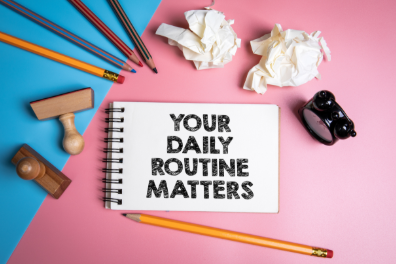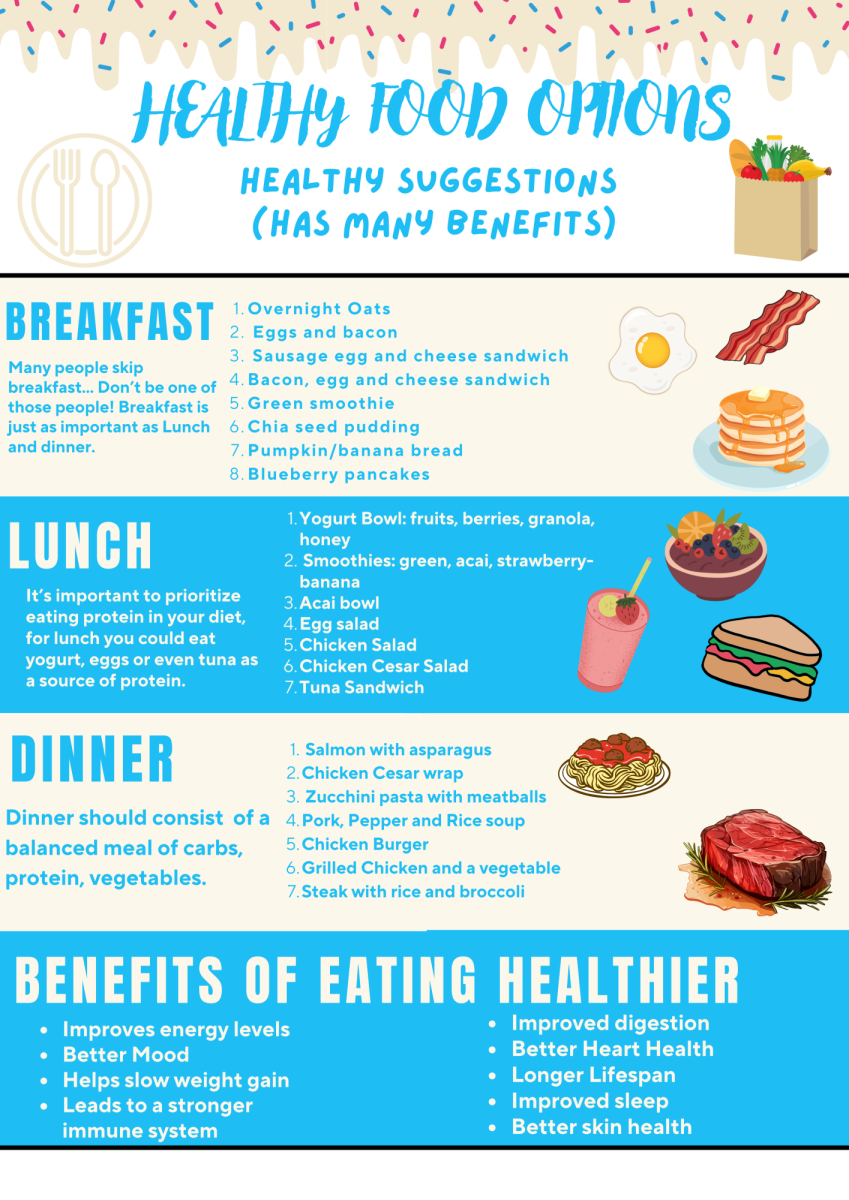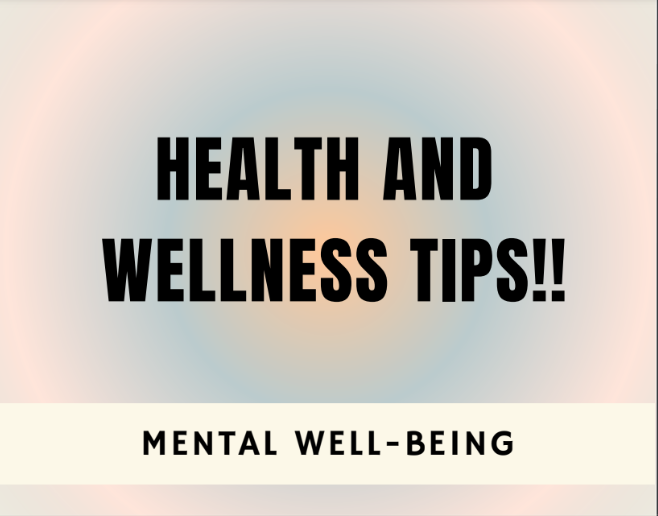What and When is seasonal depression?
Seasonal depression, sometimes referred to as SAD, occurs at different times. Typically, (and most noticeably) occur during the winter and mid-fall. Seasonal depression is when the seasons change for there to be less sunlight and shorter days. For example, during the winter, the sun sets much earlier compared to the summer. Seasonal Depression is just a sort of ‘funk’ people get in around this time of year. People feel more tired, impatient, anxious, and all signs of depression. The lack of sunlight can trigger a chemical in the brain that leads to depression 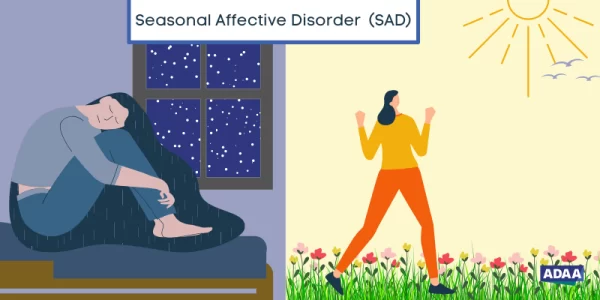 symptoms. Depression does not mean being upset or unhappy, rather it means being more weak and fragile. This occurs because of the major transition from the warm to the cold. Summer expression can sometimes happen but usually, people are in better spirits by being outside.
symptoms. Depression does not mean being upset or unhappy, rather it means being more weak and fragile. This occurs because of the major transition from the warm to the cold. Summer expression can sometimes happen but usually, people are in better spirits by being outside.
Symptoms and ways to treat SAD
Symptoms include low interest in doing activities, drowsiness and fatigue, anxiety, weight gain, trouble thinking clearly, and physical achiness. Ways to treat this is by getting exposure to a light source. Light therapy is introduced in many colleges in pods to help out their students, regular sunlight is also a great alternative. Making goals and not taking those naps after you do something really helps overcome this as well. Taking naps and giving in to your drowsiness will increase your seasonal depression. You need to try to stay productive and get
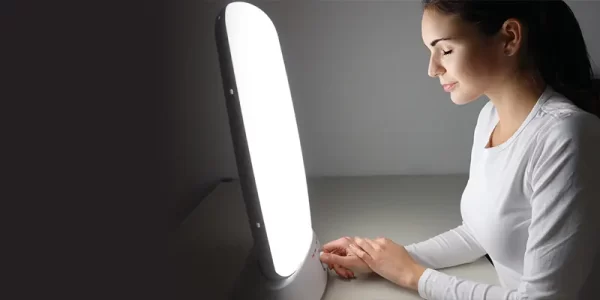
outside and move, even when you do not feel up to it. Vitamin D is a huge factor in helping decrease your SAD.
Seasonal depression with teens
Younger kids are at risk for seasonal depression, meaning teens are more likely to have this than adults. Reaching out to a counselor can always be a great recommendation if you feel down or like you have SAD. As stated prior, many colleges help students get over SAD with the mindset of having to study for final tests towards the end of tier semesters. College kids have schedules that can allow them to sleep in, or stay out late without sunlight. Studying in the library for hours already reduces light exposure, but even 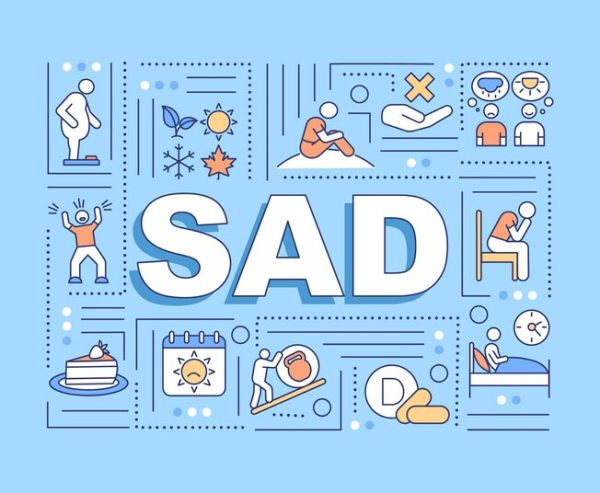 worse, when leaving the library before dinner in the pitch black it worsens your mood and dopamine levels. Colleges use light therapy to help their students with SAD. There are rooms that are bright and full of fake UV light to emulate the natural sunlight. This has been proven to help reduce SAD in students, but of course, there is no real solution. You can get prescribed antidepressants and such, but you can focus on spring coming while you try to enjoy the holidays and the winter snow for the time being!
worse, when leaving the library before dinner in the pitch black it worsens your mood and dopamine levels. Colleges use light therapy to help their students with SAD. There are rooms that are bright and full of fake UV light to emulate the natural sunlight. This has been proven to help reduce SAD in students, but of course, there is no real solution. You can get prescribed antidepressants and such, but you can focus on spring coming while you try to enjoy the holidays and the winter snow for the time being!
Sources:
- https://www.hopkinsmedicine.org/health/conditions-and-diseases/seasonal-affective-disorder#:~:text=Seasonal%20affective%20disorder%2C%20or%20SAD,antidepressants%20can%20help%20treat%20SAD.
- https://www.newportacademy.com/resources/mental-health/teens-seasonal-affective-disorder/#:~:text=Symptoms%20of%20teen%20SAD%20are,family%20member%20with%20seasonal%20depression.
- https://dailynorthwestern.com/2023/02/05/campus/a-new-light-on-wellness-students-use-white-light-therapy-and-other-methods-to-alleviate-seasonal-depression-symptoms/



